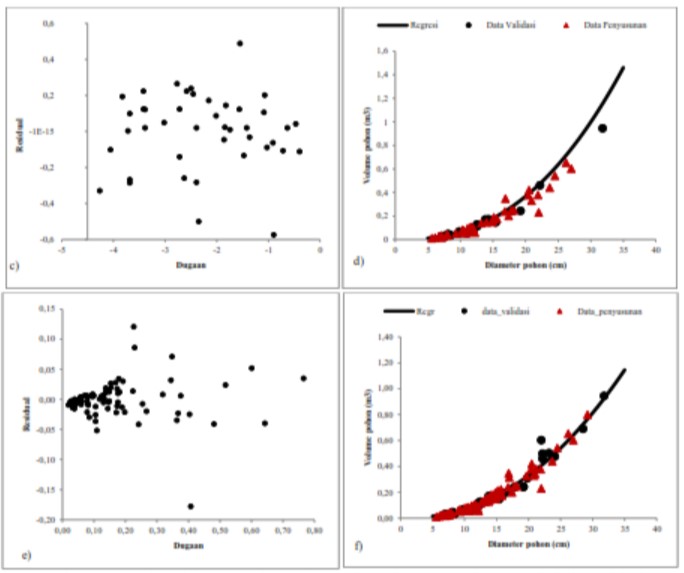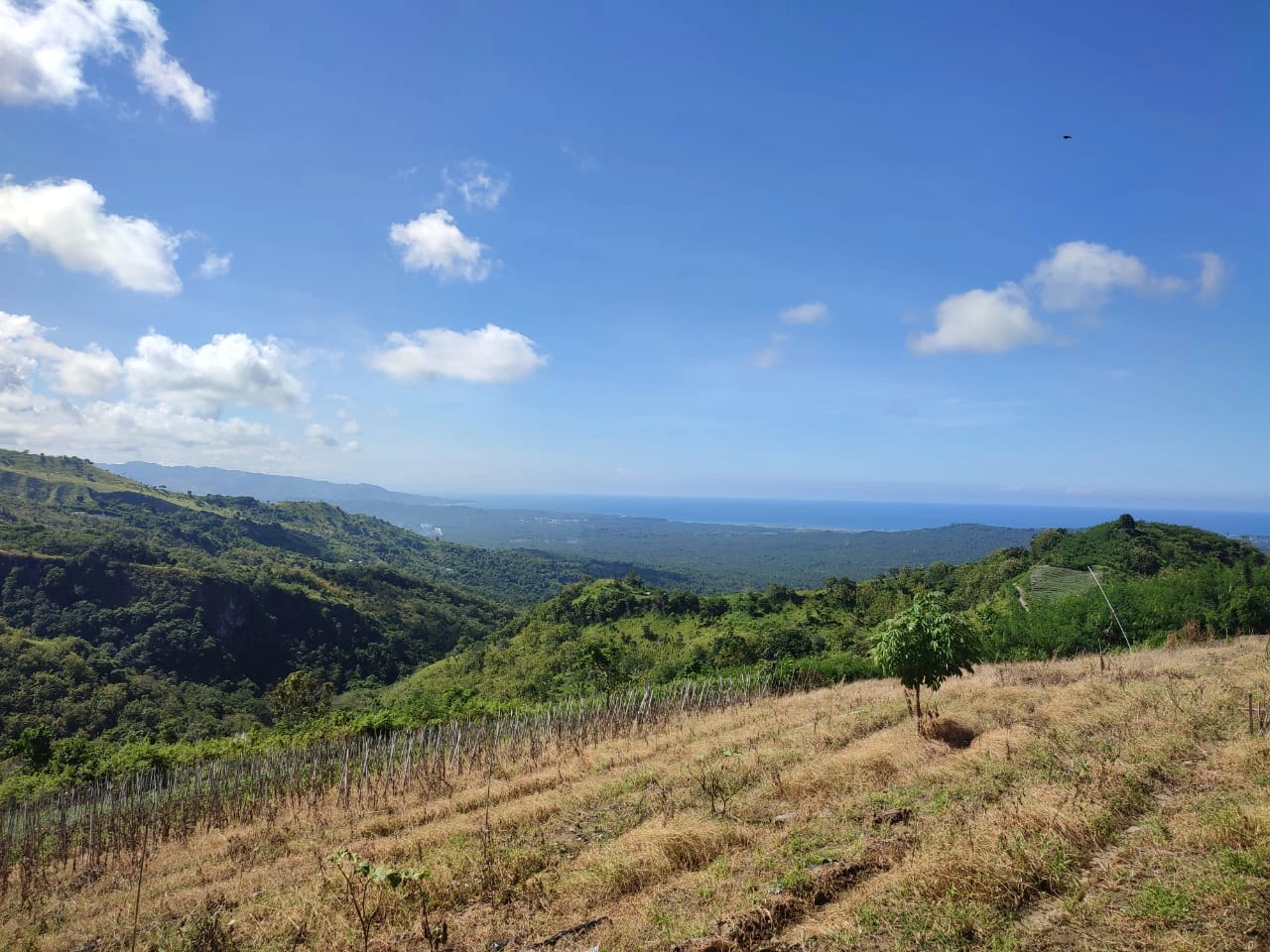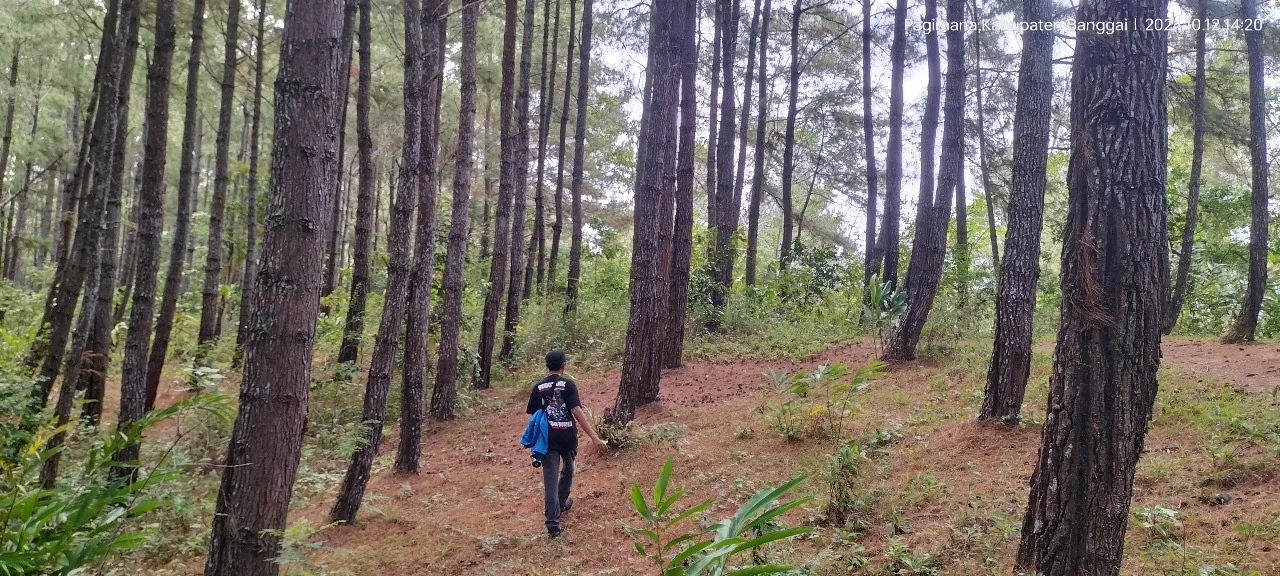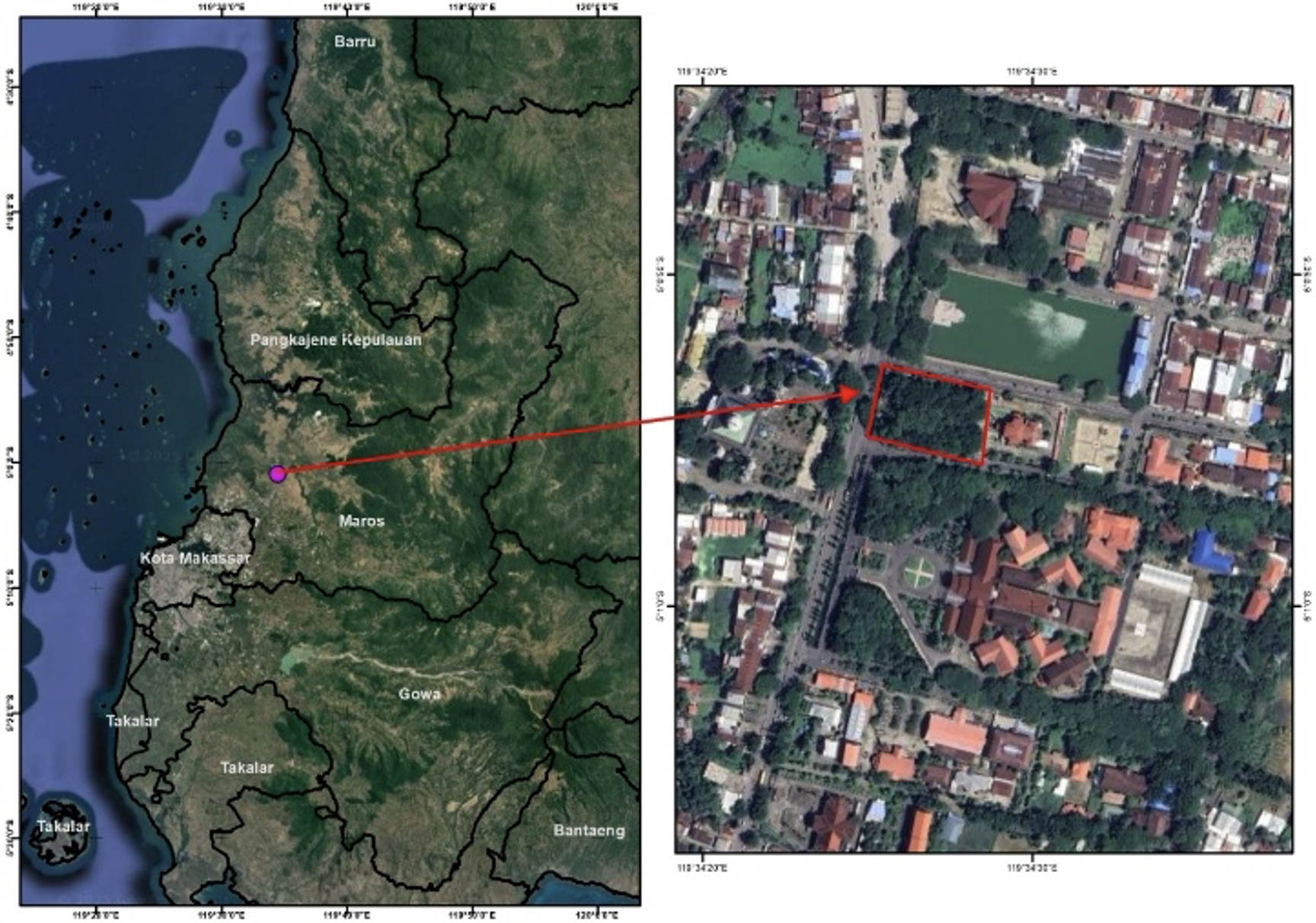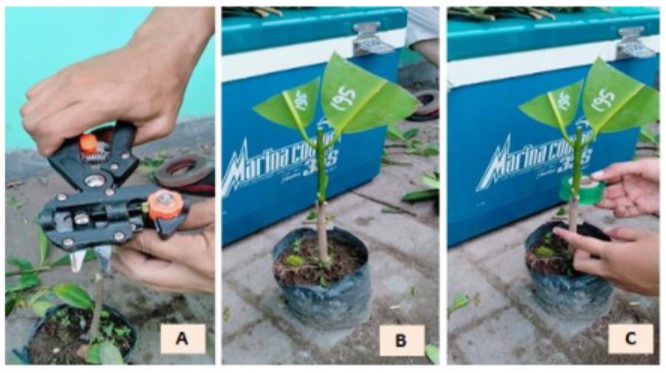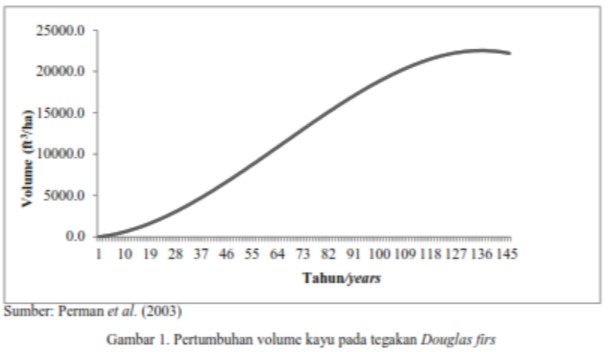Development and Validation of Volume Prediction Model for Balangeran (Shorea balangeran (Korth.) Burck) In Central Kalimantan
Abstract
Estimation model of tree volume must be high in accuracy and precisions to estimate stand potential precisely. This paper determines and validates the estimation model of Shorea balangeran volume grown in Central Kalimantan, Indonesia. There were three phases of model development which include 52 trees for model progress, 23 trees for model validation, and 10 trees for external model validation. The calculation model used linear and non-linear models with diameter, diameter and height, and diameter and height combination as independent variables. The criteria of the best model was determined by statistical analyses such as coefficient determination, relative and aggregative deviation, bias, precisions and accuracy of estimation, AIC (Akaike’s Information Criterion). The result of the study showed that the model with diameter as single variable was not complied with the selected best model criteria (aggregative deviation; AD< 1 % and relative deviation: RD< 8 %). The addition of tree height on model estimation increased the coefficient determination of 6.54% and the model with diameter and height as independent variable was satisfied with the criteria (AD and RD criteria). The best model of Balangeran was with coefficient determination of 89.77 %. However, the best model was not applicable for other sites with different stand characteristics
Hak Cipta (c) 2018 Jurnal Wasian

Artikel ini berlisensi Creative Commons Attribution-NonCommercial 4.0 International License.
Copyright and License
All articles published in Wasian Journal are the property of the authors. By submitting an article to Wasian Journal, authors agree to the following terms:
-
Copyright Ownership: The author(s) retain copyright and full publishing rights without restrictions. Authors grant the journal the right to publish the work first and to distribute it as open access under a Creative Commons Attribution 4.0 International License (CC BY 4.0).
-
Licensing: Articles published in Wasian Journal are licensed under a Creative Commons Attribution 4.0 International License (CC BY 4.0). This license allows others to share, copy, and redistribute the material in any medium or format, and adapt, remix, transform, and build upon the material for any purpose, even commercially, provided that proper credit is given to the original author(s) and the source of the material

This work is licensed under a Creative Commons Attribution 4.0 International License. -
Author's Rights: Authors are permitted and encouraged to post their work online (e.g., in institutional repositories or on their website) prior to and during the submission process, as it can lead to productive exchanges and greater citation of published work.
-
Third-Party Content: If your article contains material (e.g., images, tables, or figures) for which you do not hold copyright, you must obtain permission from the copyright holder to use the material in your article. This permission must include the right for you to grant the journal the rights described above.
-
Reprints and Distribution: Authors have the right to distribute the final published version of their work (e.g., post it to an institutional repository or publish it in a book), provided that the original publication in Wasian Journal is acknowledged.
For the reader you are free to:
- Share — copy and redistribute the material in any medium or format for any purpose, even commercially.
- Adapt — remix, transform, and build upon the material for any purpose, even commercially.
- The licensor cannot revoke these freedoms as long as you follow the license terms.
Under the following terms:
- Attribution — You must give appropriate credit , provide a link to the license, and indicate if changes were made . You may do so in any reasonable manner, but not in any way that suggests the licensor endorses you or your use.
- No additional restrictions — You may not apply legal terms or technological measures that legally restrict others from doing anything the license permits.
Notices:
You do not have to comply with the license for elements of the material in the public domain or where your use is permitted by an applicable exception or limitation .
No warranties are given. The license may not give you all of the permissions necessary for your intended use. For example, other rights such as publicity, privacy, or moral rightsmay limit how you use the material.
Artikel paling banyak dibaca berdasarkan penulis yang sama
- Muhammad Abdul Qirom Qirom, Acep Akbar Acep, The Volume Model of Tree Species Group in Peat Swamp Forest at Logging Concession Area of Tingang Karya Mandiri, Central Kalimantan , Jurnal Wasian: Vol 7 No 1 (2020): June


